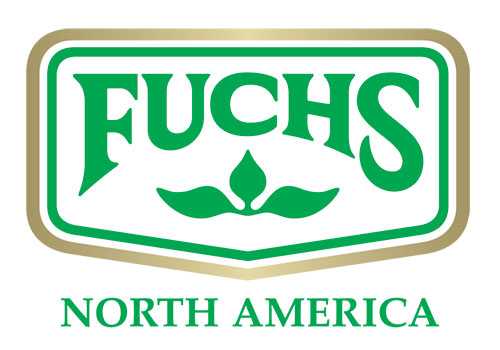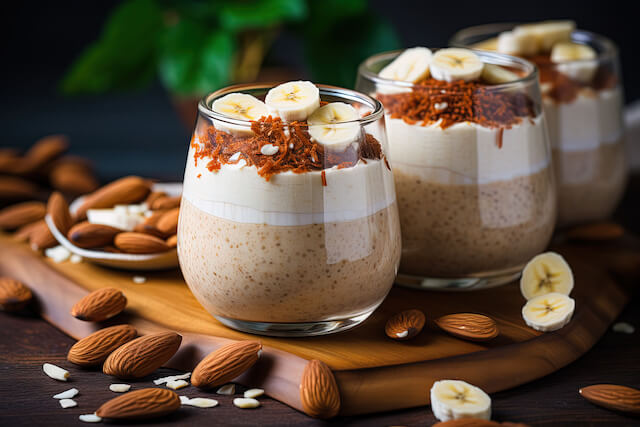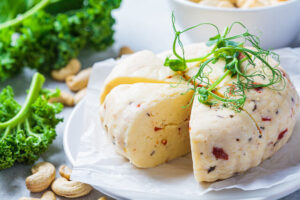As the plant-based food industry continues to thrive, consumers have been growing accustomed to seeing non-dairy alternatives in a variety of menu items and retail products. For a long time, consumers’ familiarity with dairy-free products extended to soy milk and tofu-based alternatives for cheese, which were associated with vegetarian and vegan diets and dairy allergies. Dairy-free, however, has expanded to capture a wider range of products, with brands innovating to create dairy-free alternatives that taste just as good, if not better than, their dairy-based counterparts.
What’s been driving this trend? And what’s on the horizon for non-dairy products? Keep reading for our experts’ insights into all things dairy-free alternatives.
The Trends Behind the Trend
Why have consumers been flocking to dairy-free alternatives? The increase in interest in plant-based foods is certainly a contributing factor. Sustainability has become a key purchase driver for consumers, as they’ve become increasingly concerned about the climate crisis. Plant-based products, including dairy-free alternatives, have a reputation for being more sustainable than their non-plant-based counterparts, making them an appealing option for environmentally conscious consumers.
Health and wellness concerns have also driven consumers to seek out small, but meaningful changes that they can make to their diets. Questions about the nutritiousness (or lack thereof) of dairy products, as well as concerns about consequences associated with the overconsumption of dairy, have led consumers to seek out dairy-free alternatives that they can feel good about incorporating into their diets.
Now, more than ever, consumers are customizing their diets to meet their specific needs and goals. Flexitarian diets, or diets in which consumers sometimes but not always rely on plant-based substitutes, have been growing in popularity. As such, consumers are picking and choosing specific dairy-free alternatives to add to their diets for periods of time, and then making changes regularly as they update their preferences. For that reason, trends in dairy-free alternatives are evolving quickly.
The Latest Trends in Dairy-Free Alternatives
Oat milk is having its moment! After consumers got tired of soy milk, they cycled through several nut milk options, including almond and cashew-based milks, and now they’ve turned to oat milk for serving up with cereal, including in recipes, and flavoring their coffee. Oat milk has been touted for its sustainability and health value, when compared to both dairy-based and other dairy-free alternatives. Not only is oat milk trending on its own, but it’s also being featured in a wide variety of other products, including coffee creamer, baked goods, ice cream, and even sauces. Keep a close eye on oat milk as it continues to edge out the competition and consider innovating with it to appeal to health-conscious consumers.
When it comes to dairy-free alternatives, it’s all about being able to mimic the taste and texture of dairy-based products. The primary hesitation consumers have about purchasing dairy-free alternatives is that they’ll have a weird aftertaste or won’t be as good as the dairy-based versions that they’re used to. As such, brands that have been able to achieve similar tastes and textures with dairy-free alternatives have seen success. Consumers are looking to make improvements to their diets without making sacrifices, pushing for innovations that make dairy-free products taste just as delicious as their dairy-based counterparts.
Need help developing delicious dairy-free products? We’ve got you covered! Contact us today to see how Fuchs can help you make something special.





 For more information about Fuchs North America's products and programs that support food manufacturers in their product development needs, please
For more information about Fuchs North America's products and programs that support food manufacturers in their product development needs, please